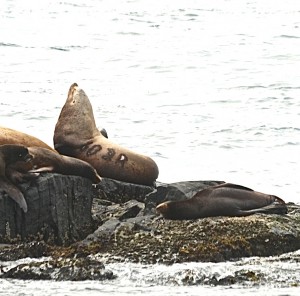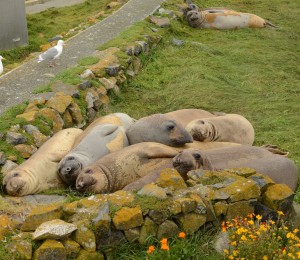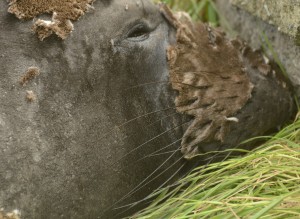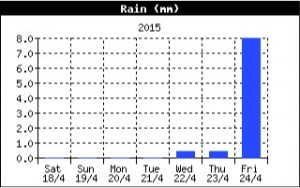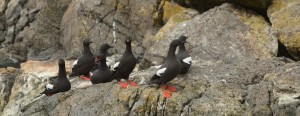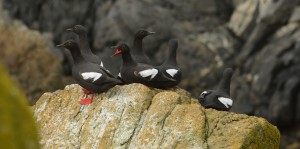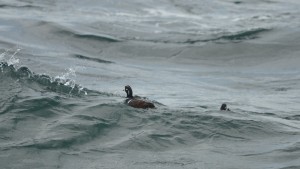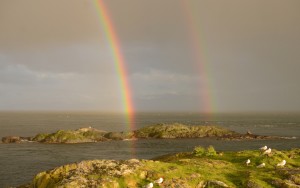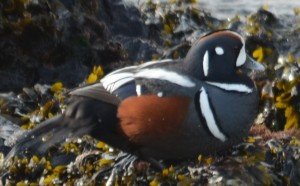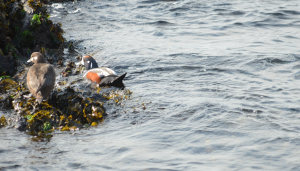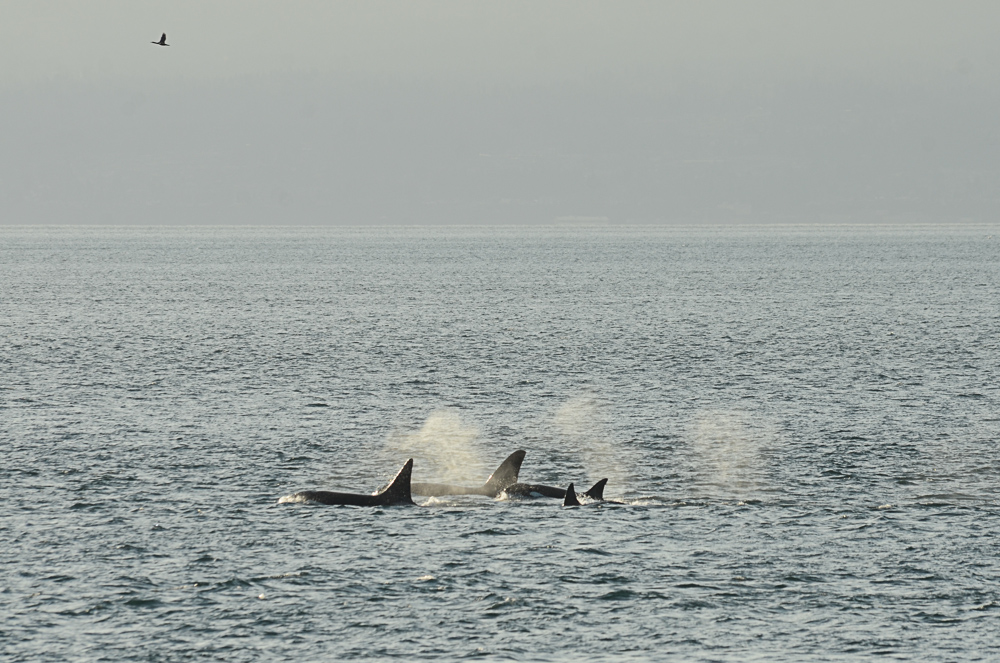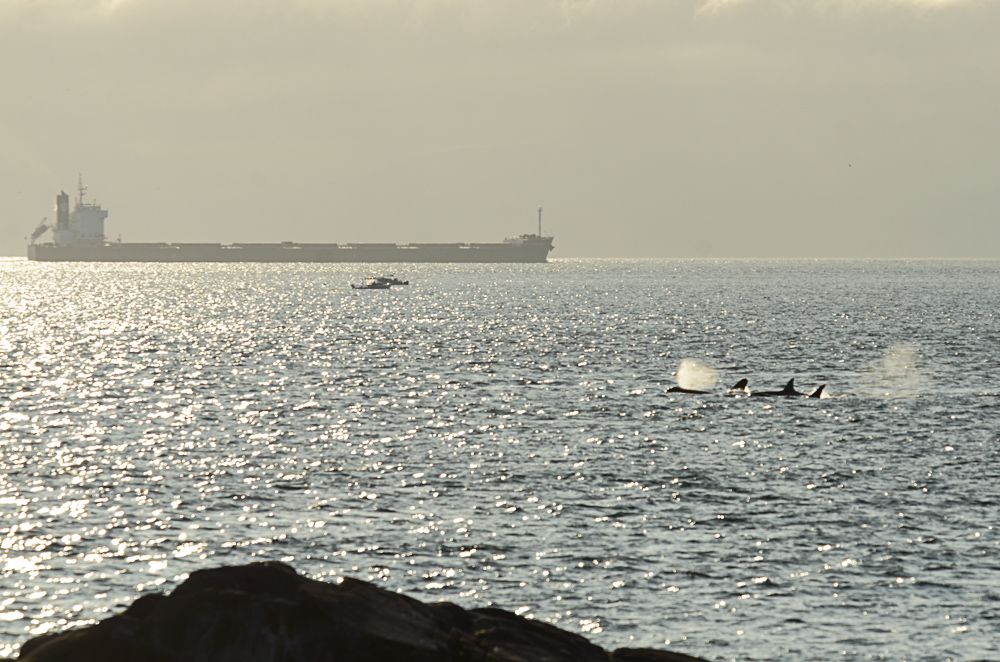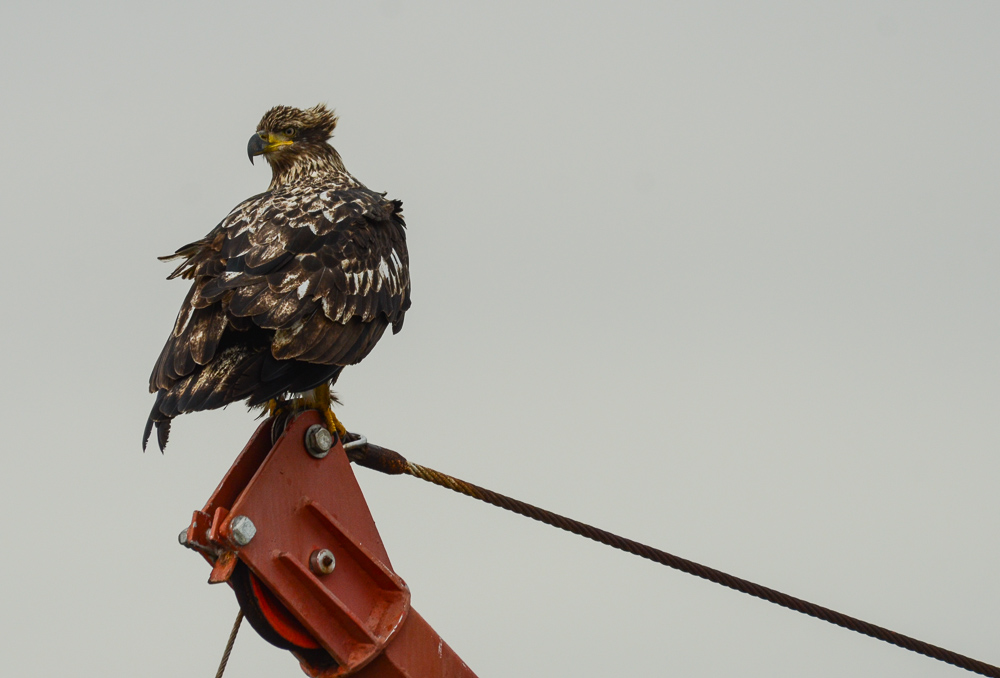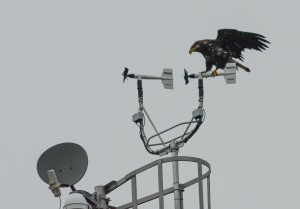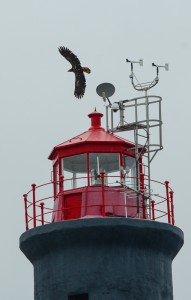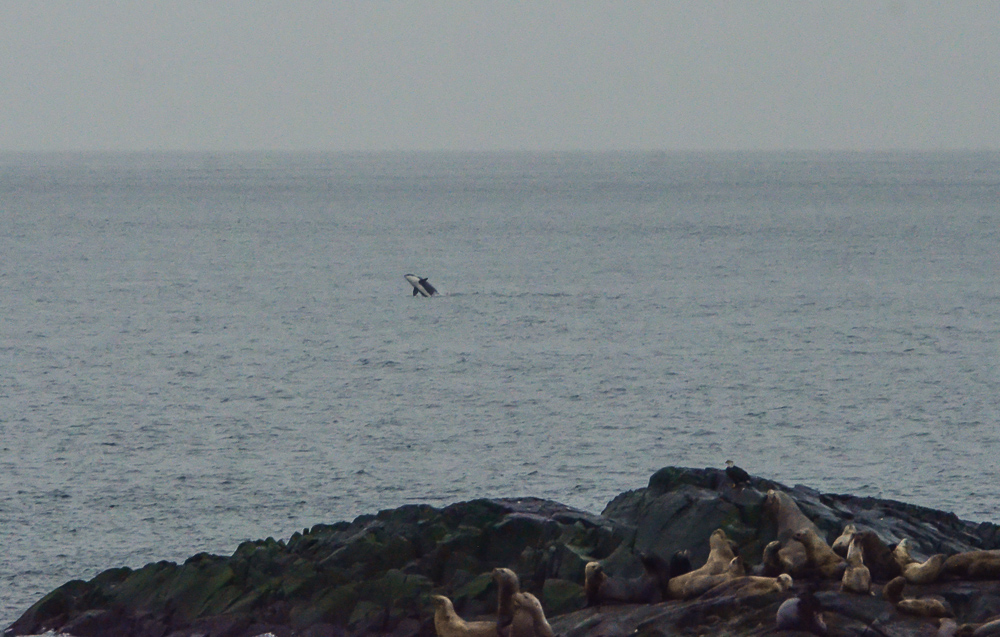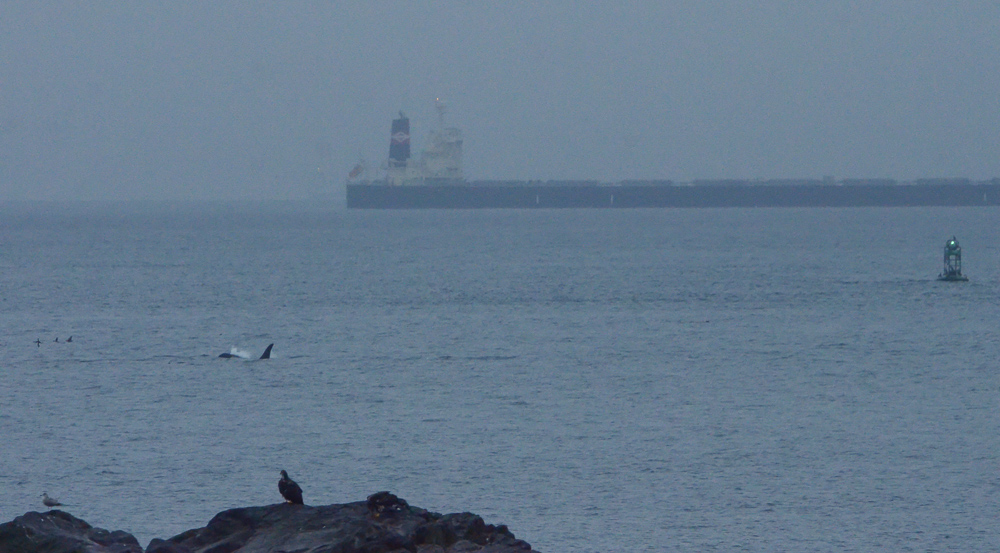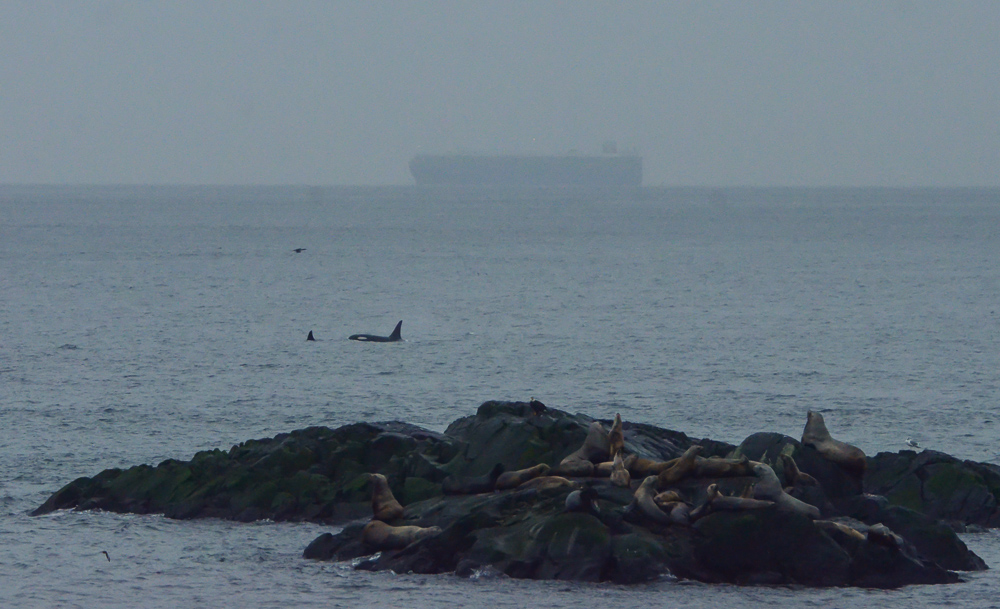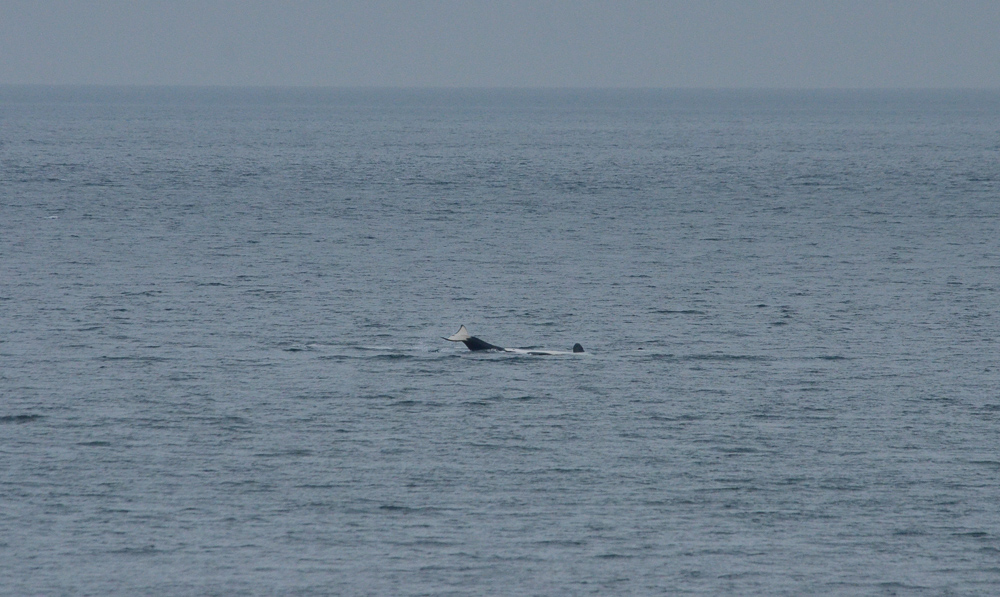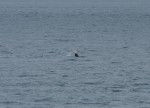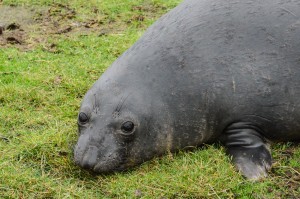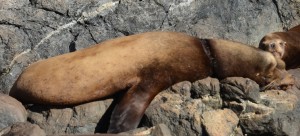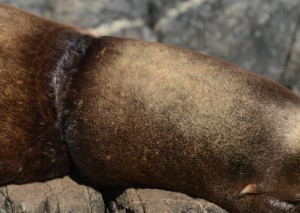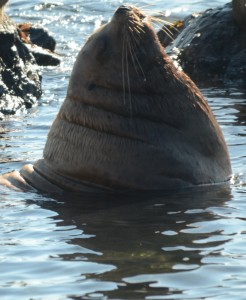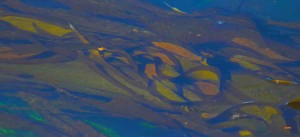When the good weather comes and stays in September, a friend of mine, who is a west coast, hereditary chief says, “well, white man’s summer is over, now we’ll have real summer” and that is what we are having. It continues, with more on the horizon until at least next Thursday.
Phone and Internet were down here last night so I am posting both days’ logs here.
Yesterday there were only four tour boat visits to the reserve observed and two of them were by the same boat at different times, its’ second visit minutes late to see spectacular whale action. No illegal fishing activity was observed. No visitors. Today was more active with lots of Southern Resident Killer Whales in the area – 27 boats. Some may be speeding in the reserve but it is hard to tell where the boundary is without a range finder.
Yesterday was census day and while compiling and organizing, numbers and photos on the computer, there was a sea lion ruckus outside. When your only neighbours are sea lions and they are calling, you look.
The Steller’s were up and alert stretching out their necks and roaring. The California Sea Lions were barking their heads off (not unusual). About one body length off the jetty a huge, adult male, Bigg’s Killer Whale rose, blew and dove. Two other females (?) and a small calf followed and they were in hot pursuit of either a seal or sea lion. They came up in the kelp to the northwest, one of the females spy-hopping at the east end of the kelp bed while the others looped around to the northwest. The chase culminated at North Rocks where the Harbour Seals haul out.
I lost sight of them on the other side of that islet where I assume they ate dinner. Returning to the house after the uproar died down, I was congratulating myself on the stunning photographs I had taken when I realized that the memory card was sitting in the computer.
Something of interest (to me at least) was a tightly packed group of about fifteen large, male Steller’s Sea Lions that swam into the area where the Killer Whales had just been in front of the jetty. They were in tight formation and swam around together like that for quite awhile, at the surface, heads up and agitated. After the Killer Whales had left the area, small groups of California Sea Lions were observed ‘porpoising’. Maybe they were practicing evasive, aerial actions. That would be an evolutionarily, advantageous activity in which to be well versed. A whale watching boat arrived about five minutes after all of the action.
Charismatic Megafauna census September 11, 2014
Bigg’s Killer Whales 4
California Sea Lion 373
Steller’s Sea Lion 240
Elephant Seal 4
Harbour Seal 151 (maybe 150 now ; – )
Canada Goose 8
Pelagic Cormorant 4
Double Crested Cormorant 11
Least Sandpiper 2
Killdeer 2
Black Oystercatcher 4
Black Turnstone 10
Pigeon Guillemots 0
Glaucous-winged Gull 113
California Gull 31
Heerman Gull 3
Ring-billed Gull 2
Gull sp. 17 (bigger hybrids?)
Savannah Sparrow 7
Fox Sparrow 1
Today, a large adult Humpback Whale was noted, travelling west, passing less than one nautical mile south of the reserve. Travelling in the opposite direction, later in the day was a very large pod of Killer Whales, said to be Southern Residents by the Whale Watching boats talking on the VHF radio.

Endangered Southern Resident Killer Whales being jockeyed for position by a dozen whale watching boats.
I shot more brand-marked sea lion photos today and yesterday and looked for different entangled animals resulting in photos of two entangled, ring-necked Steller’s Sea Lions; one with heavy fishing line like halibut gear and the other too far away to tell. These photos will contribute to a study on sea lion entanglement and we are hoping the disentanglement team might be able to visit and help relieve one of these animals of their plastic noose.
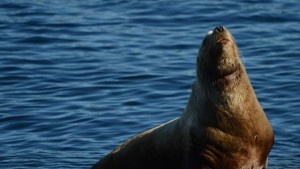
A Steller’s Sea Lion ring-necked with heavy fishing line.
[caption id="attachment_15543" align="alignright" width="300"]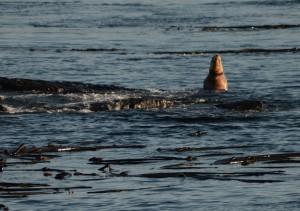 Steller’s Sea Lion that is ring-necked/entangled and sits in the water at South Islands with its’ head up.
Steller’s Sea Lion that is ring-necked/entangled and sits in the water at South Islands with its’ head up.
Maintenance chores today and yesterday consisted of fixing fences, fixing the internet/phone (with help from Jonathan over the phone), trying to fix the weed-eater, hand scything hay for the compost pile, seawater sampling, window washing, and fixing the weather system.
